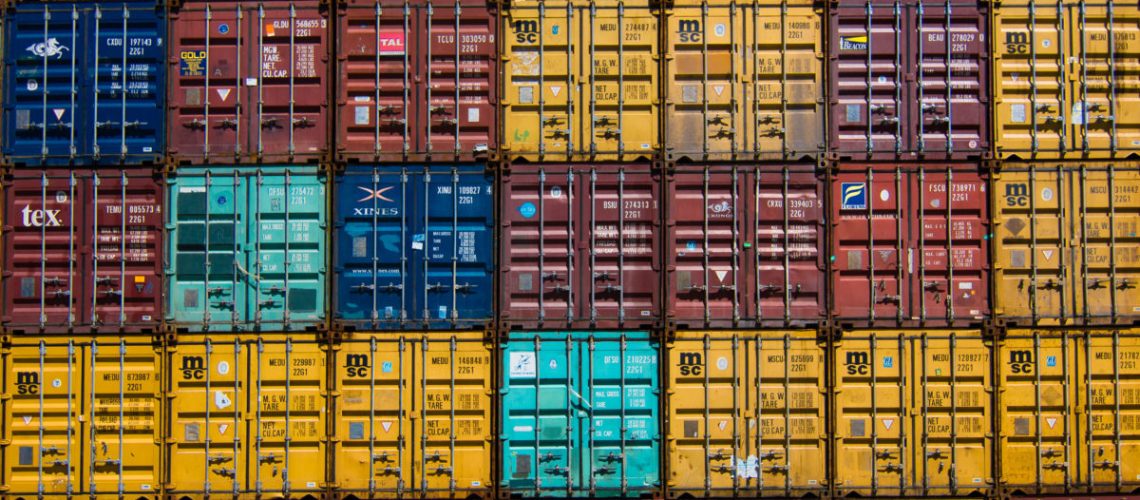Intensified trade measures against China via increasing tariffs on imported solar and battery cells represents a significant policy step, however, the impact is clouded by global manufacturing shifts, price decreases and looming Commerce Department trade complaints.
The Biden Administration has imposed a series of tariffs on hardware imported from China. In the case of the solar module business, these measures serve more as a warning shot than a severe penalty. A pending pair of anti-dumping/countervailing duty (AD/CVD) cases pose a more significant risk to price increase. However, general hardware pricing decreases serves to bludgeon the effect on end user energy pricing.
According to a White House statement:
The tariff rate on solar cells (whether or not assembled into modules) will increase from 25% to 50% in 2024. The tariff increase will protect against China’s policy-driven overcapacity that depresses prices and inhibits the development of solar capacity outside of China. China has used unfair practices to dominate upwards of 80 to 90% of certain parts of the global solar supply chain, and is trying to maintain that status quo. Chinese policies and nonmarket practices are flooding global markets with artificially cheap solar modules and panels, undermining investment in solar manufacturing outside of China.
Moreover, the administration has raised import tariffs on battery cells from China used in electric vehicles and energy storage systems. In 2024, tariffs for electric vehicle battery cells will increase to 25%, with energy storage tariffs following suit in 2026.
The direct import of solar cells from China was less than 1% in 2021, underscoring the limited direct impact on solar cells these tariffs may have in the U.S. market. Instead, the majority of solar cells used in the U.S. are sourced from regions like Southeast Asia, which offers similar pricing without the tariffs imposed on Chinese products.
Consequently, while the tariff increases appear substantial, their actual effect on the overall U.S. solar industry is likely muted, as importers have already diversified their supply chains away from Chinese manufacturers.
If one were to import solar cells from China today, they would cost a few cents to a nickel per watt. With this increase from 25% to 50% – a solar cell priced at five cents per watt would see its tariff increase from $0.0125/Wdc to $0.025/Wdc.
Meanwhile, solar panels are available for less than ten cents per watt in Spain, while they can be gotten for about twice that in the United States.
For energy storage, while a tariff increase to 25% for cells is notable, it may have its impact softened by broader industry shifts, specifically ongoing and further expected price reductions. Last summer, battery cell prices in China ranged from $120-130/kWh but are expected to drop to $40/kWh or less this summer.
A 25% tariff on a battery cell priced at $130/kWh would increase the cost by $32.50/kWh. However, with prices now around $40/kWh, the same tariff results in an increase of just $10/kWh. This increase remains modest compared to the overall price reduction of nearly $100/kWh, highlighting how dynamic global market conditions can mitigate localized policy impacts.
Further complicating the financial landscape for solar panels, there are broader trade regulation uncertainties. Notable discussions include potentially ending the 15% bifacial solar panel tariff exemption from the Trump era and a pending petition that could escalate tariffs for solar panels and cells from Southeast Asia, regions that are primary alternative manufacturing sites for Chinese companies previously affected by tariffs. Even today, a new lawsuit on module imports has been filed…



